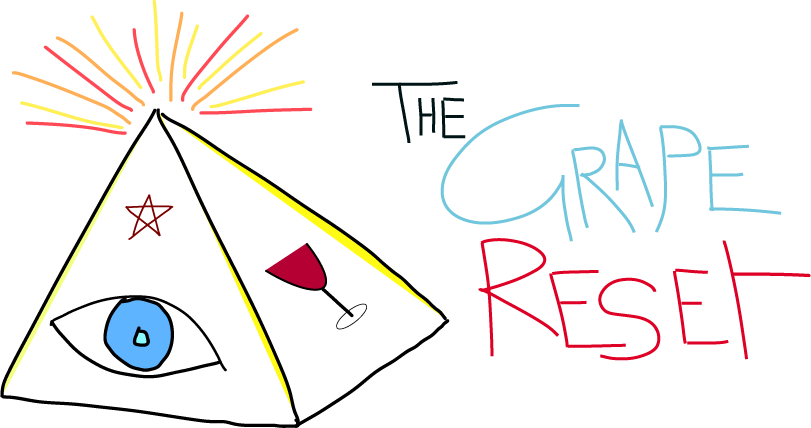France’s 2025 Wine Harvest: A Promising Turn After a Difficult Year
After a tough 2024 vintage that left many winemakers reeling, France’s wine industry is finally getting some good news. Early forecasts from the French agriculture ministry suggest that the 2025 harvest will be significantly better, with production expected to rise by up to 17%.
So, what’s driving the rebound — and what challenges still lie ahead?
A Much-Needed Recovery
France is on track to produce 40 to 42.5 million hectolitres of wine this year. That’s a big jump from 2024, when weather disasters and disease pushed the harvest to just 36.3 million hectolitres — one of the lowest levels in decades.
While the 2025 forecast is still slightly below the country’s five-year average (~43 million hectolitres), it’s a welcome sign of recovery across many key wine regions.
Champagne Yields Cut Despite Promising Harvest
The Champagne region is heading into a strong 2025 growing season, but producers will see reduced yields as the industry reins in supply.
The Comité Champagne has set the harvest limit at 9,000 kilograms per hectare, down from 10,000 last year and 11,400in 2023. The decision, aimed at easing stock levels and reflecting global economic uncertainty, is expected to produce about 258 million bottles, short of projected sales of 270 million.
Weather conditions have been described as “quite promising,” with mild temperatures supporting healthy vines and limiting disease risks. Actual grape potential is higher, at around 11,000 kg/ha, allowing for strict sorting to maintain quality.
Harvesting is expected to start early this year, with some estates beginning in late August. Official village-by-village start dates will be announced on August 20.
Jura Winegrowers Expect Strong Recovery in 2025 Harvest
After a difficult 2024 vintage hit by mildew and poor weather, the Jura wine region is heading into a much stronger season.
Warm, dry conditions this summer have kept vine diseases in check and created healthy growing conditions. As a result, producers expect significant production gains compared with last year’s reduced output. The rebound in the Jura reflects a broader national trend, with French wine production forecast to rise 10–17% in 2025.
The region is also seeing rapid grape development, which means the harvest will begin earlier than usual. While official dates will be set by the local prefecture, some growers expect picking could start by the end of August.
Burgundy & Champagne: Last year’s mildew and spring frosts hit these regions hard. But in 2025, they’re seeing strong ripening conditions thanks to a hot, dry summer. Early signs suggest a healthy crop — both in quality and quantity.
Loire Valley: Things are looking better here too, especially for Sauvignon Blanc. After severe losses in 2024, growers are hopeful for a strong comeback.
Charentes (Cognac): Vines are thriving, but long-term concerns remain due to falling global demand for brandy.
Bordeaux: The region is still undergoing major changes, with thousands of hectares uprooted over the past two years. That means production will remain lower, even with better weather.
Why the Rebound?
Several key factors are helping turn things around:
Better weather: A warm, dry summer has reduced the risk of mildew and rot, creating ideal ripening conditions.
Smaller vineyard area: Since 2023, over 20,000 hectares of vines have been removed — mostly in areas like Bordeaux and Languedoc that were producing more wine than the market could absorb. Fewer vines = more balanced supply.
Support from the government: EU-funded restructuring programs have helped regions reduce overproduction and focus on quality.
What Could Still Go Wrong?
It’s not all smooth sailing just yet. A few risks could still affect the final outcome:
Wildfires in southern France remain a threat, especially with the heat.
Storms during harvest could damage grapes if weather turns suddenly in September.
Market challenges, like falling exports or trade barriers, might affect pricing — particularly for Champagne and Cognac.
What It Means for the Industry
If current trends hold, 2025 should give French winemakers a chance to recover some of last year’s losses — and start rebuilding inventories. For wine buyers and merchants, that means more availability and (hopefully) more stability in pricing.
But the bigger picture is clear: France’s slowly wine sector is shifting toward smaller but more sustainable production, with a strong focus on quality and climate resilience.

